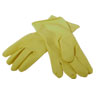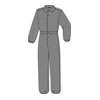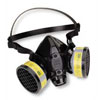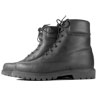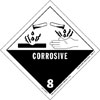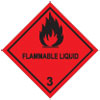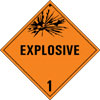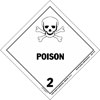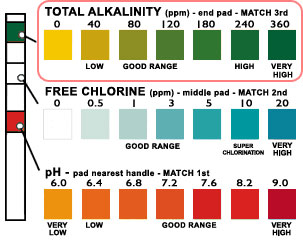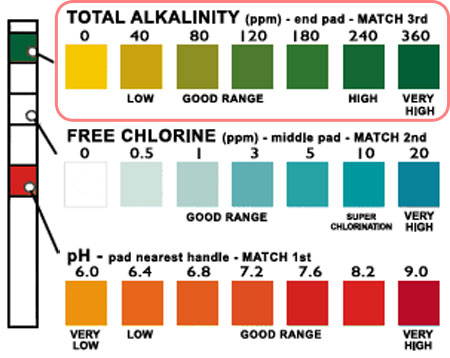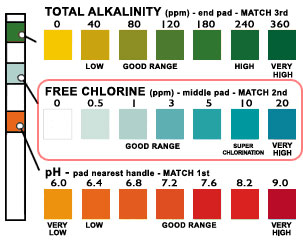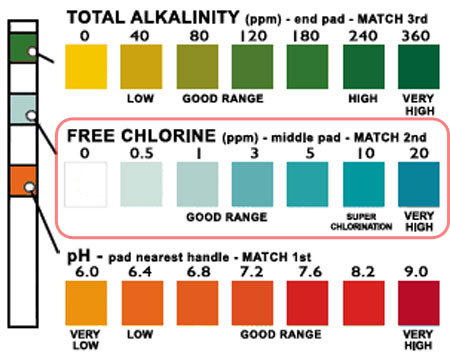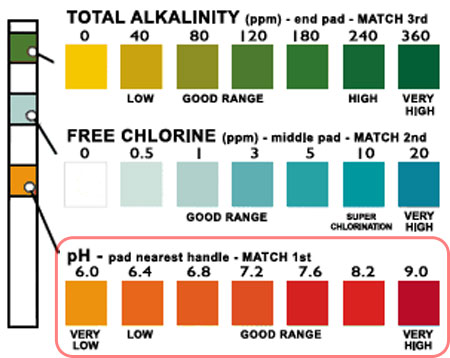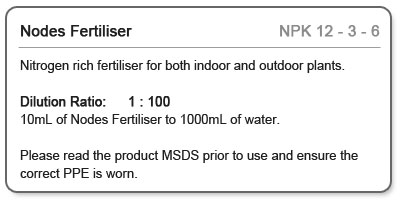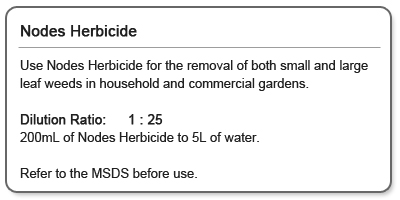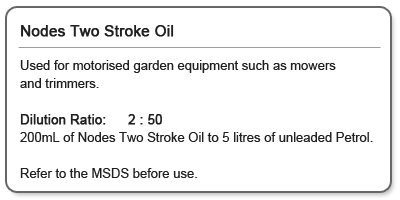- -Able to understand Safety Data Sheets - fertilisers, pool chemicals, fuel
- -Able to understand the testing of pool water
- -Able to understand ratios when mixing chemicals
-
Maintenance - Chemicals
Click on the Play button to start the introduction video.
-
Show Me
Show Me
Safety in using ChemicalsClick on the Play button to start the video.
A Safety Data Sheet (SDS) includes information about:
- Possible hazards
- First Aid
- Fire Fighting
- Accidental Release Measures - cleaning up a spillage
- Handling and Storage
- Personal Protective Equipment (PPE)
- Disposal of chemical
To find the information you want on an SDS:
- First find the subheading you need, for example, Personal Protection.
- Read the directions under that heading.
Labels on chemical bottles give information on:
- the brand and name of the product.
- what the product is used for.
- safety directions.
- how to use and dispose of the product.
- first aid.
- warning signs.
Handling and storing chemicals
- Always read instructions - on the label and SDS.
- Use PPE (Personal Protective Equipment), eg gloves and eye protection
- Store chemicals correctly - correct temperature and location.
Show Me
Public pools
- Water is tested at least 3 times a day.
- Chemicals are added to maintain safe swimming water.
- Results of testing and chemicals added are logged.
Importance of Testing Water
- To maintain and ensure good water quality (clear, sparkling).
- To prolong machine life: Filter, chlorinator & pump.
- Comfort & Safety: unbalanced chemicals in the water can irritate skin & eyes.
- Public health regulation requirements.
Two Types of Pool Chemicals
- Chlorine: liquid, powder, tablet
- Salt
Three ways to test water quality
- Testing strip: small, disposable strips of paper that change colour when dipped in pool or spa water.
- Drop test kit: involves filling up a small container and adding a specific number of reactive drops.
For both of these, the resulting colour is matched against a colour guide. - Take a sample of water to local pool supplier.
Logging the water test results
- Each facility will have policies and procedures for:
- the frequency of testing
- logging results
- Each state has different Government Health Regulations.
Show Me
Measuring and Mixing ChemicalsClick on the Play button to start the video.
Mixing chemicals needs to be done safely.
- Always follow the instructions on the label or the SDS.
- NEVER use food containers for mixing.
- Be careful: Some plastic containers may react with the chemical.
Chemicals that need to be mixed include:
- Fertiliser: mixed with water for spraying.
- Chlorine: added to a pool or spa.
- Herbicide: mixed with water for spraying.
- Petrol/oil: mixed for lawn mowing.
It is important to mix chemicals carefully to avoid:
- Hazards: eg chance of fire or explosion.
- Danger: eg fumes when in heat and sunlight.
- Injury: eg burning to skin
REMEMBER - check the PPE to be worn when mixing chemicals.
Ratios in measuring
Ratios are a useful way of measuring parts that are mixed together in different quantities.
Ratios are most commonly written using:
- a colon (:) OR
- the word 'to'
For example:
- The ratio of 1 part fertiliser to 20 parts water (1:20) means that for every 1L of liquid fertiliser, you would need 20L of water.
- The ratio of 2 parts herbicide to 50 parts water (2:50) means that for every 2L of herbicide, you would need 5L of water.
- The ratio of 20 parts petrol to 1 part oil (20:1) means that for every 20L of petrol you would need 1L of oil.
-
Say It
There are 2 parts in this section.
1. The GlossaryThe glossary lists the more difficult words related to the topic in alphabetical order. The glossary also gives the meaning for each word.
2. Look, Cover, Write, Check!This activity gives you practice at remembering and writing the words from the glossary.
The Glossary
-
Do It
 Jump to Activities
Jump to Activities
Do It: Safety in Using Chemicals

Do It: Pool Testing

Do It: Measuring & Mixing Chemicals
Let's look at the following example:
A chemical label requires you to mix 5 parts water to 1 part bleach. We can write this as 5:1 or 5 to 1Water



 Chemical
Chemical
Check It
Check It QuizMaintenance - ChemicalsClick on Maintenance - Chemicals to begin.
- Introduction
- Show Me
- Say It
- Do It
- Check It

